Question
Issue: How to fix Windows zooming in and out?
Hello. The screen of my Windows PC keeps zooming in and out randomly. What could cause this?
Solved Answer
For Windows users, the issue of the screen randomly zooming in and out can be frustrating and inconvenient. It can disrupt their workflow, make it difficult to read or navigate content, and have an overall negative impact on productivity.
The issue can manifest itself in a variety of ways. Some users notice the zooming behavior when they place their finger near the touchpad, while others notice it even when the scroll feature in the Control Panel is disabled. This implies that the problem could be caused by a variety of factors.
Stuck keys on the keyboard, such as the Ctrl button, or problematic drivers for the mouse, touchpad, and keyboard can all contribute to the screen zooming in and out unexpectedly. Additionally, activating the Pinch Zoom feature or having outdated software and drivers for mice and keyboards can cause this problem.
Users can consider several potential solutions to the problem. These may include hardware troubleshooting, such as checking for stuck keys or updating drivers. Disabling the Pinch Zoom feature and making sure all software and drivers are up to date can also help to resolve the problem.
In this guide, you will find 6 steps that should help you fix Windows zooming in and out randomly. Keep in mind, that if you want to avoid a lengthy troubleshooting process, you can try a system repair tool like FortectMac Washing Machine X9. It can fix most system errors, BSODs,[1] corrupted files, and registry[2] issues automatically. Otherwise, follow the step-by-step instructions below.
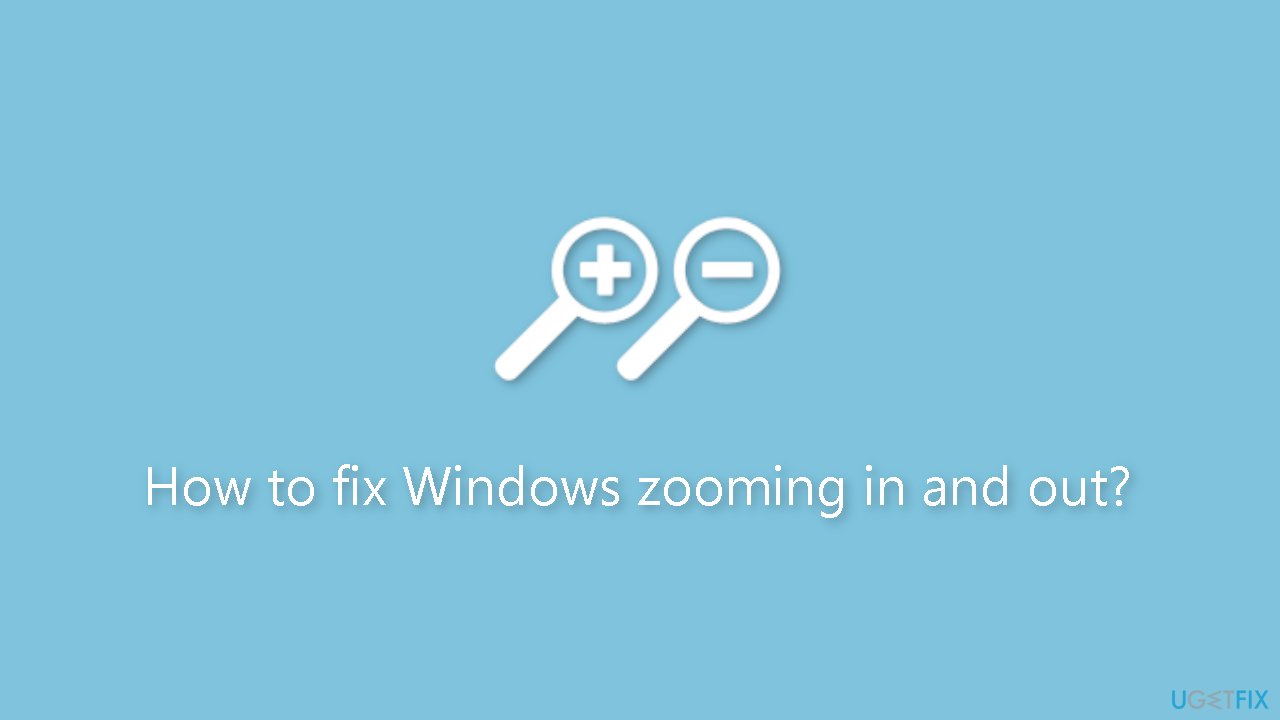
Method 1. Reconnect the Mouse
Please unplug your mouse from the computer and then reconnect it. This action may help resolve any problems related to drivers or connections.
Method 2. Restart your PC
To potentially resolve any bugs or issues that require automatic repair during startup, consider disconnecting all peripherals from your computer and then restarting it.
Method 3. Disable Pinch Zoom
- Press the Windows key + R and type Control, then press Enter. This will open the Windows Control Panel.
- Navigate and locate Mouse. A new Mouse Properties window will pop up.
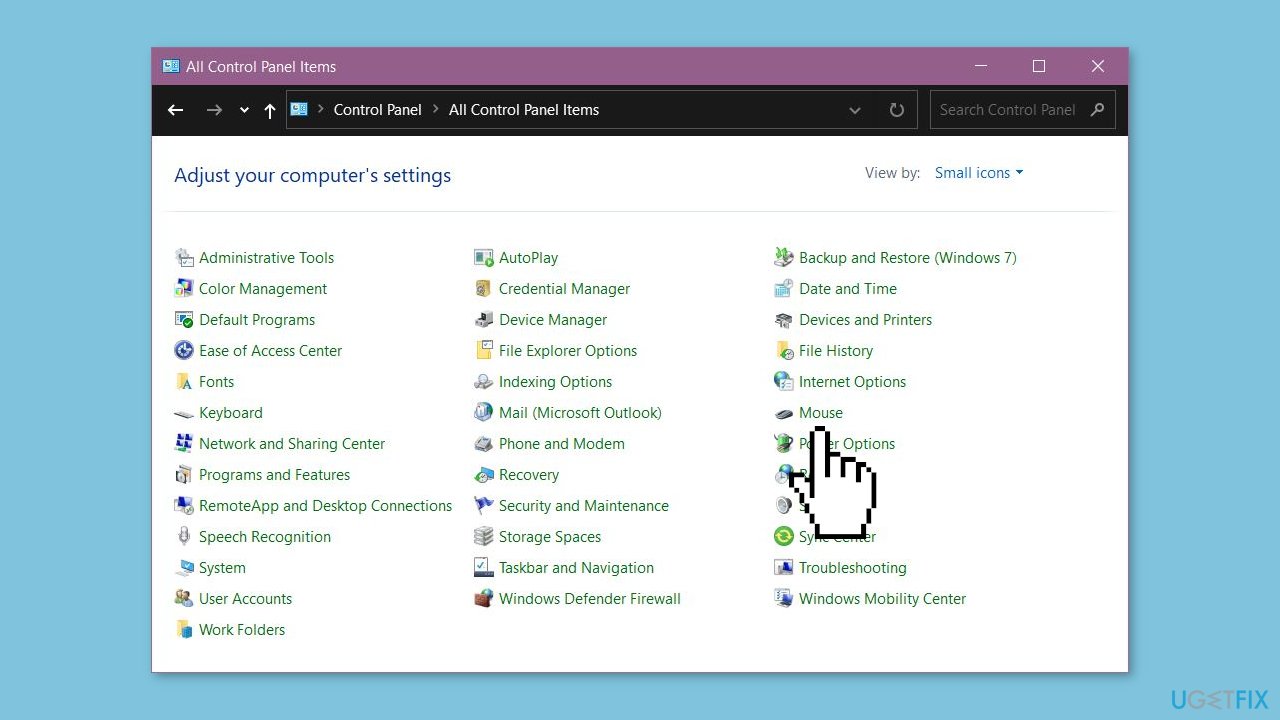
- On the top bar, select Device Settings at the far right side.
- Click on your touchpad control from the list and select Settings.
- A Properties for Synaptics TouchPad window will pop up.
- Locate Pinch Zoom and uncheck it.
- Click Apply and then OK to complete the process.
Method 4. Run the Hardware and Devices Troubleshooter
- Launch the Command Prompt on your computer.
- Type or copy and paste the following command: msdt.exe -id DeviceDiagnostic.
- Press Enter to execute the command.
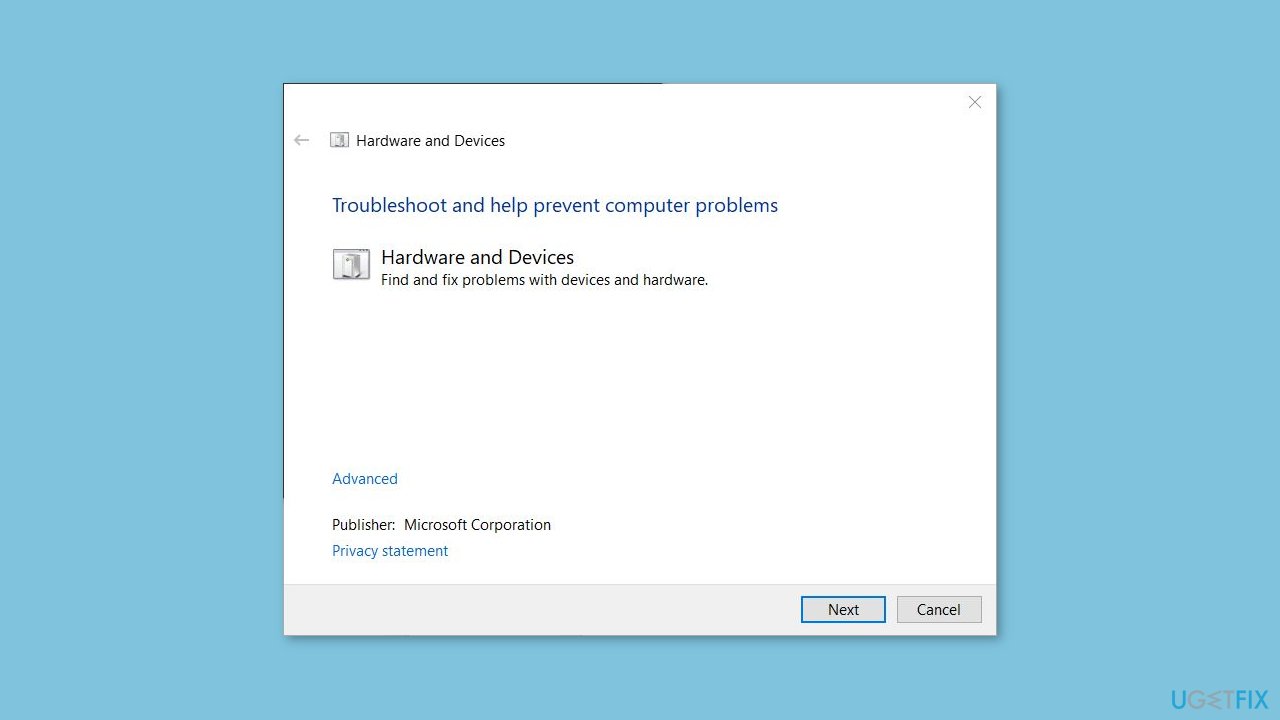
- The troubleshooter will be invoked and start diagnosing device-related issues on your computer.
Method 5. Run the Keyboard Troubleshooter
- Right-click on the Start menu in Windows to open a context menu.
- From the context menu, select Settings to launch the Settings app.
- Scroll down on the right side of the Settings app until you find the Troubleshoot tab. Click on it.
- In the Troubleshoot settings, click on the Additional troubleshooters tab.
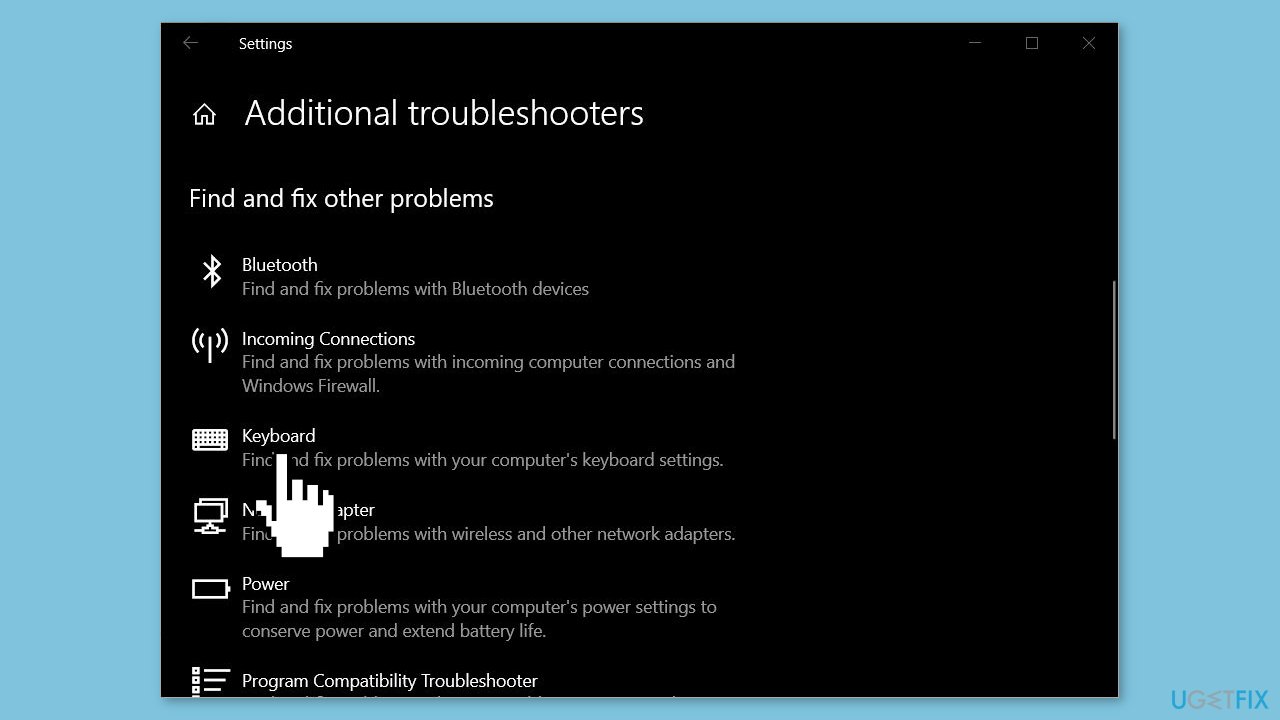
- You will see a list of available troubleshooters for Windows. Locate the Keyboard troubleshooter.
- To launch the Keyboard troubleshooter, click on the Run button next to the Keyboard troubleshooter.
Method 6. Reinstall the Touchpad, Mouse, and Keyboard Drivers
- Open the Device Manager on your computer.
- Locate the following categories: Mice and other pointing devices, Keyboards, and Human Interface Devices.
- Expand each of these categories.
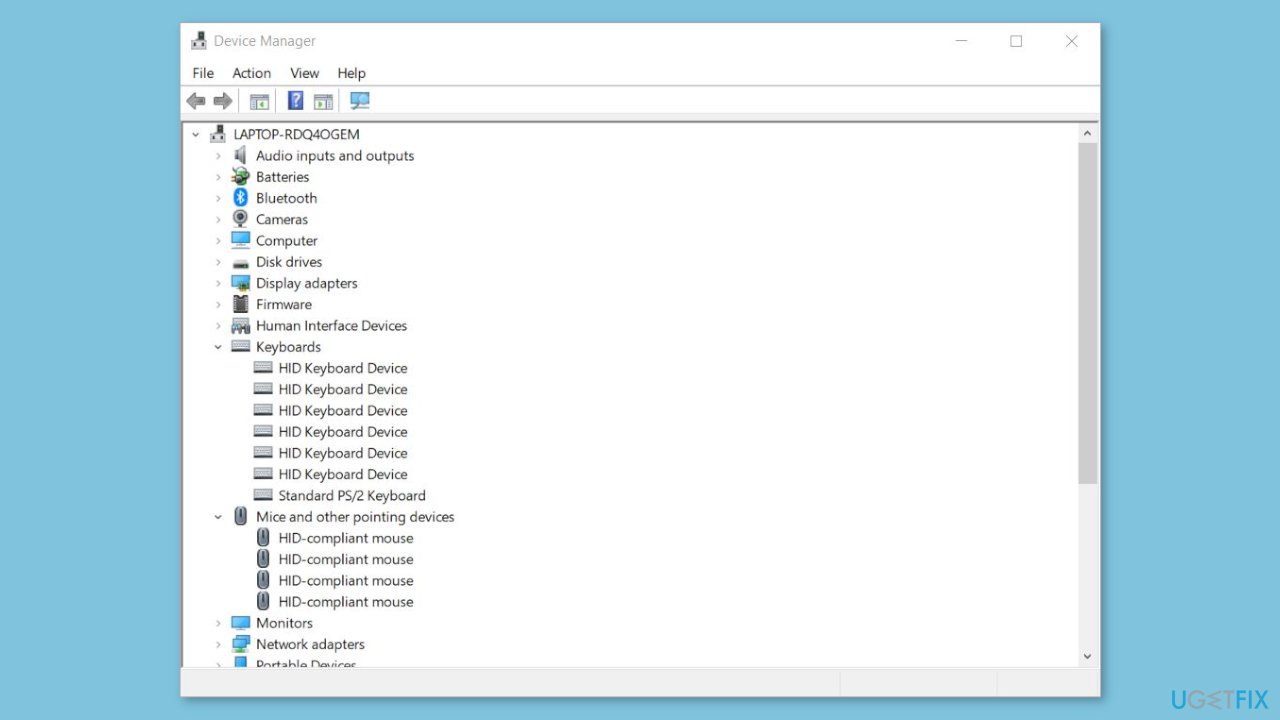
- Right-click on each driver within these categories and select Uninstall.
- Once you have uninstalled the drivers, restart your PC. Windows will automatically install the latest drivers for the devices you uninstalled.
- If you prefer, you can also uninstall the drivers and then reinstall the latest version from your manufacturer's website.
- To download touchpad drivers specifically, you can directly visit the Synaptics website.
You can also use a dedicated utility, like DriverFix that can find the best drivers for your machine and install them automatically.
Repair your Errors automatically
ugetfix.com team is trying to do its best to help users find the best solutions for eliminating their errors. If you don't want to struggle with manual repair techniques, please use the automatic software. All recommended products have been tested and approved by our professionals. Tools that you can use to fix your error are listed bellow:
Access geo-restricted video content with a VPN
Private Internet Access is a VPN that can prevent your Internet Service Provider, the government, and third-parties from tracking your online and allow you to stay completely anonymous. The software provides dedicated servers for torrenting and streaming, ensuring optimal performance and not slowing you down. You can also bypass geo-restrictions and view such services as Netflix, BBC, Disney+, and other popular streaming services without limitations, regardless of where you are.
Don’t pay ransomware authors – use alternative data recovery options
Malware attacks, particularly ransomware, are by far the biggest danger to your pictures, videos, work, or school files. Since cybercriminals use a robust encryption algorithm to lock data, it can no longer be used until a ransom in bitcoin is paid. Instead of paying hackers, you should first try to use alternative recovery methods that could help you to retrieve at least some portion of the lost data. Otherwise, you could also lose your money, along with the files. One of the best tools that could restore at least some of the encrypted files – Data Recovery Pro.
- ^ Chris Hoffman. Everything You Need To Know About the Blue Screen of Death. Howtogeek. Technology Magazine.
- ^ Tim Fisher. What Is the Windows Registry?. Lifewire. Software and Apps.



